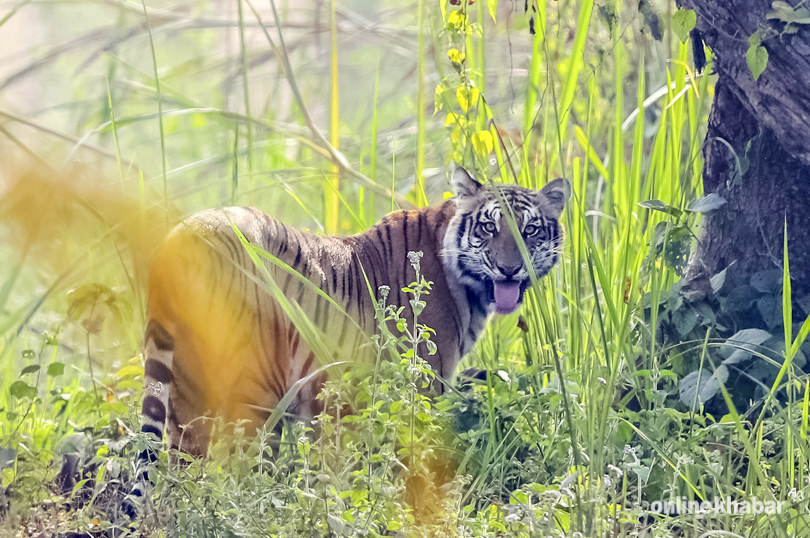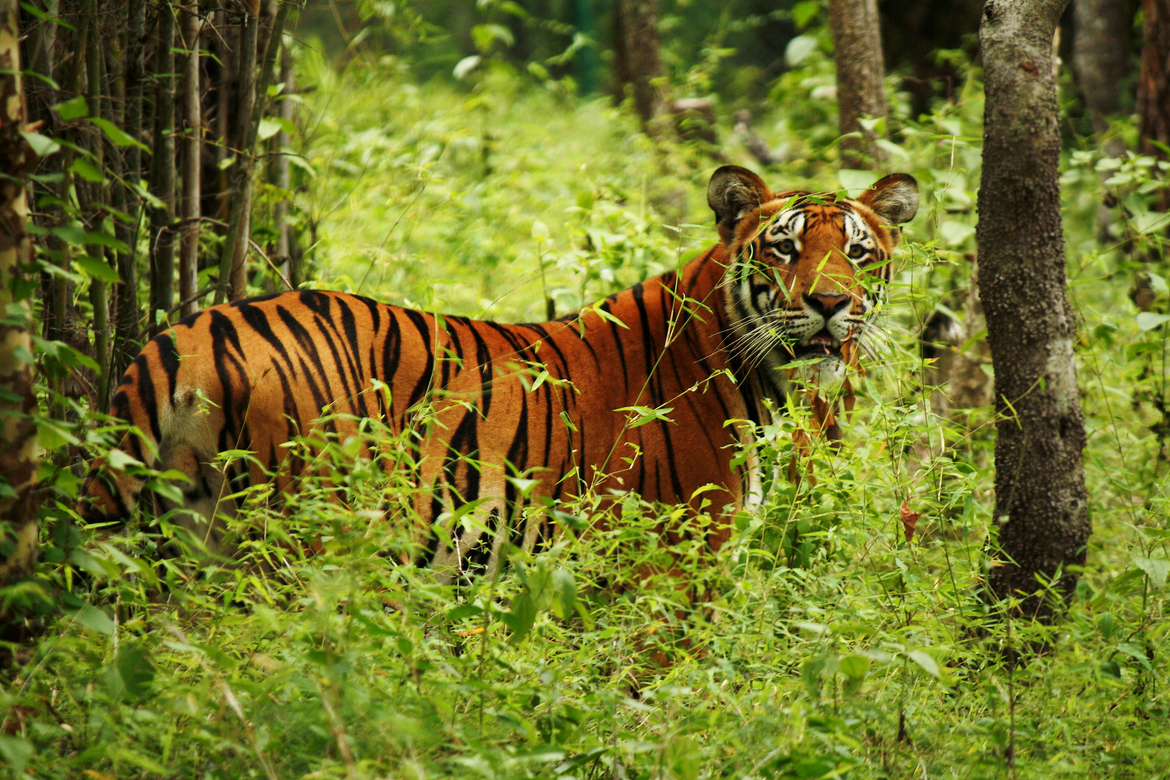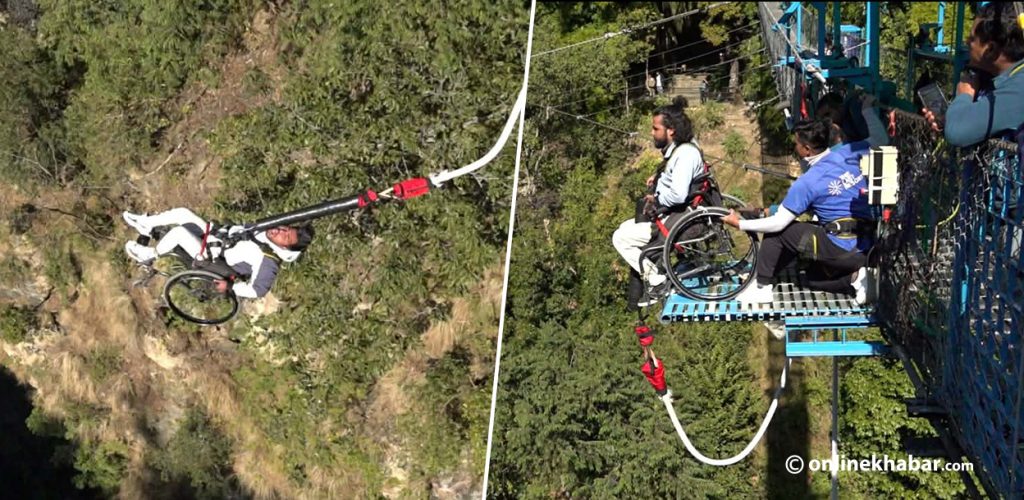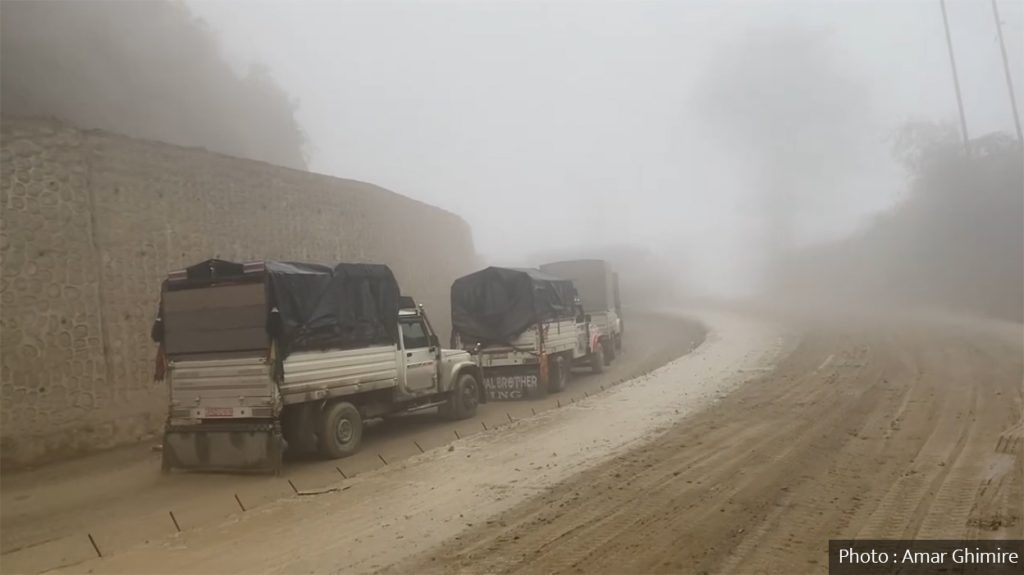
Kathmandu, July 29
Nepal is celebrating Global Tiger Day today, aligning with the international initiative launched in 2010 during the first Global Tiger Summit in St. Petersburg, Russia. The day aims to raise awareness on tiger conservation. Nepal has seen a significant increase in its Bengal tiger population—from just 121 in 2009 to 355 in the latest national census conducted in 2022.
With the number nearing the estimated national carrying capacity of 400, experts warn that Nepal must now shift its focus toward sustainable management.
According to preliminary studies conducted in collaboration with the Department of National Parks and Wildlife Conservation, National Trust for Nature Conservation (NTNC), WWF Nepal, and the Zoological Society of London (ZSL), the country can support up to 400 tigers. ZSL’s Nepal representative Dr Bhagawan Raj Dahal emphasizes improving habitat quality—especially grasslands and water sources—to sustain this population.
However, rising numbers have also triggered challenges: increased human-tiger conflicts, livestock attacks, and tiger fatalities due to poaching or infrastructure crossings. Eighteen conflict tigers are currently in captivity, including five in Jawalakhel Zoo, with mounting costs for their care.
Dr Chiranjibi Prasad Pokharel of NTNC stresses the need for community education and skill-based training to reduce dependency on forests and ensure peaceful coexistence. WWF Nepal’s Dr Ghanashyam Gurung echoed similar sentiments, calling for alternative livelihoods near protected areas.
As of 2025, the global tiger population has reached 5,357, with Nepal ranking fourth after India, Russia, and Indonesia. Chitwan and Bardiya National Parks host the highest numbers—128 and 125 tigers respectively.
Nepal continues its commitment to tiger conservation with national tiger counts every four years since 2010, upholding its pledge to double its tiger population made at the 2010 summit—a goal it has now surpassed nearly threefold.
—RSS






















